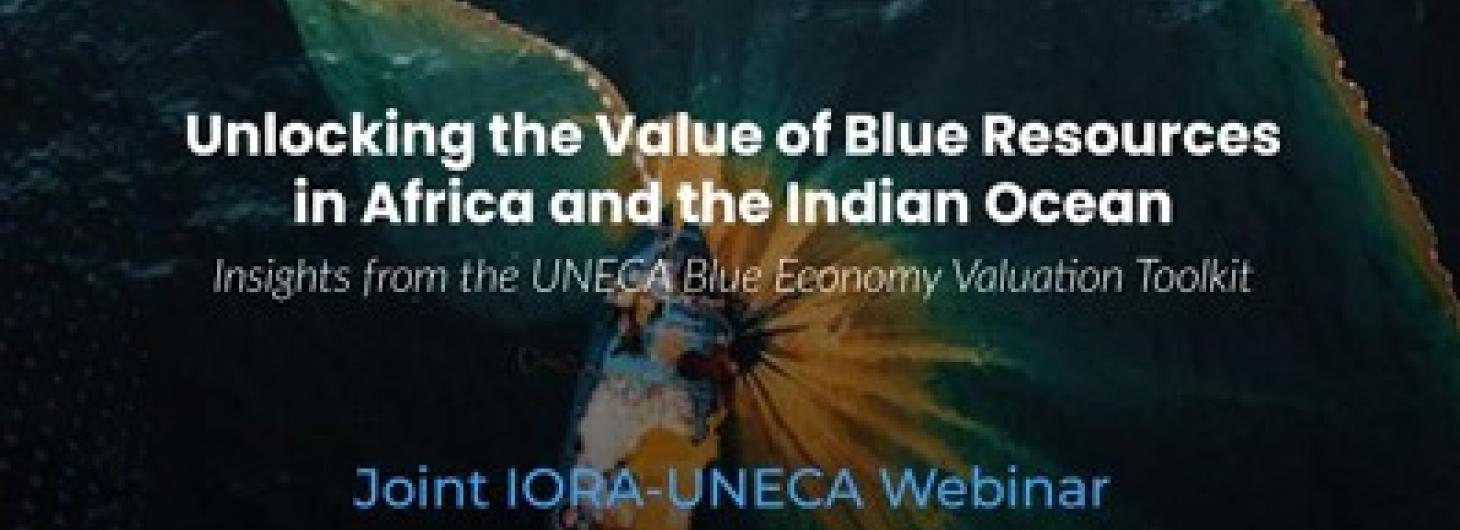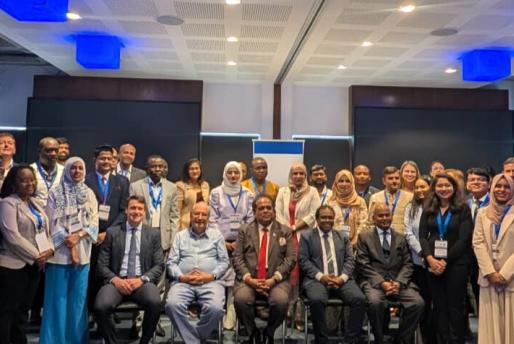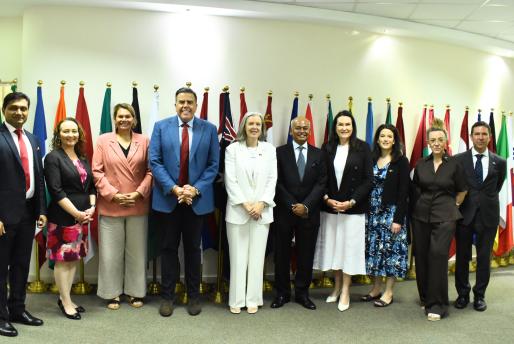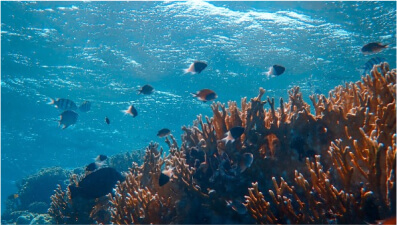Latest News
IORA News
International Conference on International Trade and Investment (ICITI 2025)
The Indian Ocean Rim Association (IORA), in collaboration with the University of ...
24 Oct 2025
IORA News
IORA Blue Carbon Hub Think Tank Symposium on “Towards effective restoration for sustainable management of coastal ecosystems and enhanced livelihoods”
The IORA Blue Carbon Hub, in collaboration with the Ministry of Foreign Affairs, ...
8 Oct 2025
IORA News
Australian Parliamentary Delegation Visits IORA Secretariat
The Indian Ocean Rim Association (IORA) Secretariat welcomed the Australian ...
26 Sep 2025





